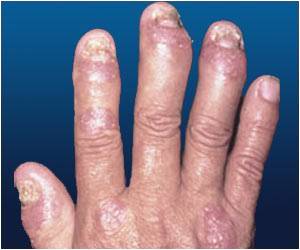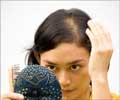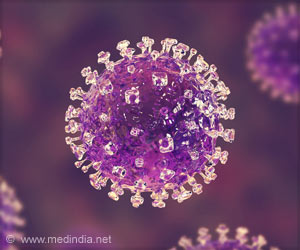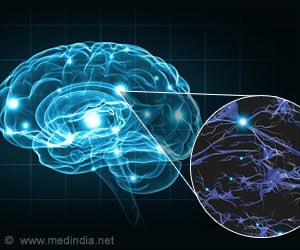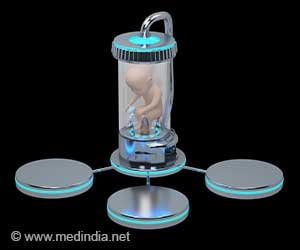
Each hair follicle sends out one wire-like projection that joins with others in the spinal cord, where the information they carry can be integrated into impulses sent to the brain.
This network of neurons in our own skin allows us to perceive important differences in our surroundings, a raindrop versus a mosquito, a soft fingertip versus a hard stick.
"We can now begin to appreciate how these hair follicles and associated neurons are organized relative to one another and that organization enables us to think about how mechanosensory information is integrated and processed for the perception of touch," David Ginty from The Johns Hopkins University School of Medicine, said.
Ginty's team made a technical breakthrough by coming up with a way to label distinct populations of known low-threshold mechanoreceptors (LTMRs).
Before this study, there was no way to visualize LTMRs in their natural state. The neurons are tricky to study in part because they extend from the spinal cord all the way out to the skin. The feeling in the tips of our toes depends on cells that are more than one meter long.
Advertisement
The neurons found in adjacent hair follicles stretch to a part of the spinal cord that receives sensory inputs, forming narrow columns. Ginty said that there are probably thousands of those columns in the spinal cord, each gathering inputs from a particular region of the skin and its patch of 100 or so hairs.
Advertisement
The researchers don't know either how these inputs are integrated in the spinal cord and brain to give rise to perceptions, but now they have the genetic access they need to tinker with each LTMR subtype one by one, turning them on or off at will and seeing what happens to the brain and to behaviour.
Ginty said that intriguingly one of the LTMR types under study is implicated as "pleasure neurons" in people.
The study has been recently published in the journal Cell.
Source-ANI



